Premium Only Content
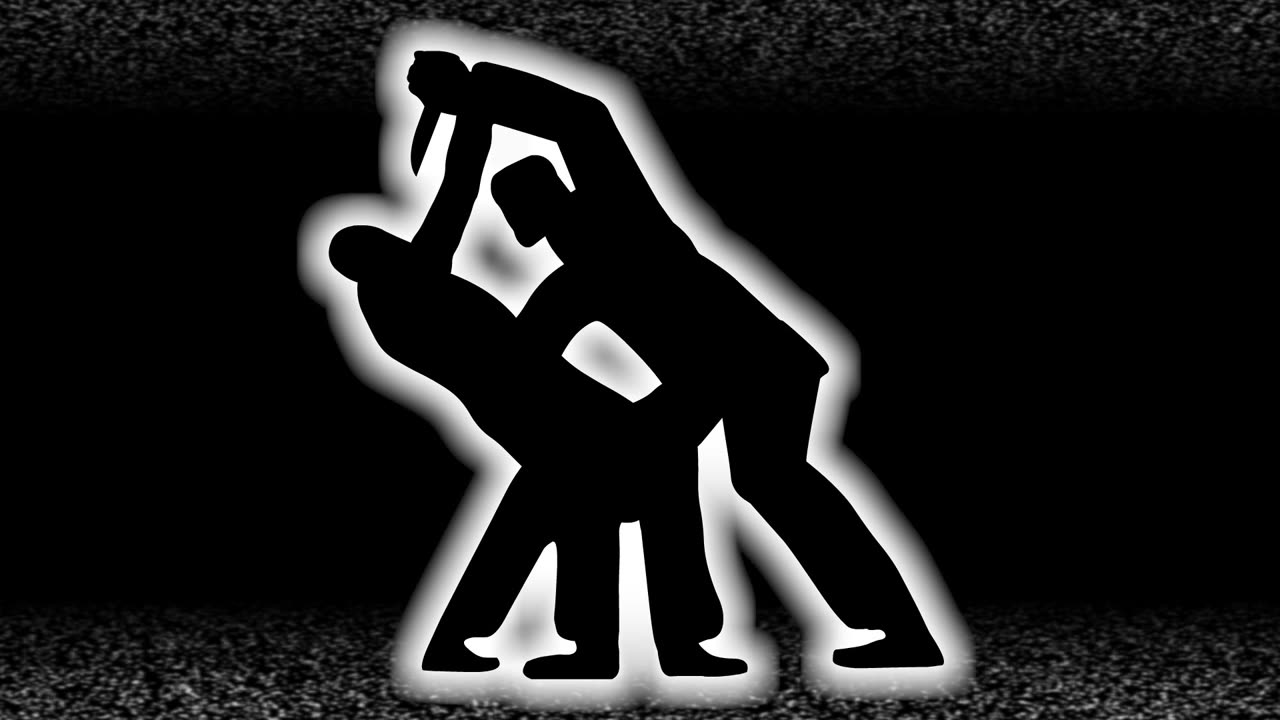
violence is more common in more unequal countries
Violence and Inequality: Why the Roots of Harm Are Social, Not Criminal
Introduction
Violence is often treated as an individual failing. Newspapers splash stories of murders, gang wars, and assaults with language that frames violent acts as eruptions of deviance. Politicians stand before podiums and promise to crack down on “thugs,” “criminals,” or “gangsters,” as if the issue were simply a matter of morality or willpower. Yet decades of data, much of it collected and synthesized in Richard Wilkinson and Kate Pickett’s The Spirit Level, show that violence is not evenly distributed across the world. It is higher in countries with greater inequality.
The message is clear: violence is not simply about bad people doing bad things. It is about societies structured in ways that generate alienation, shame, resentment, and competition. In unequal societies, violence is the symptom of a deeper disease. Psychiatrist James Gilligan, who worked extensively in prisons with the most violent offenders, has argued that violence must be understood as a public health problem, not a criminal justice one. Just as cholera outbreaks reveal something about sanitation, violent acts reveal something about social environments.
This essay unpacks the relationship between inequality and violence. It synthesizes findings from The Spirit Level and Gilligan’s work, and critiques the way political discourse often obscures the real causes of harm. It then points toward the conclusion Gilligan reached: the most effective path to reducing violence is through education and the removal of structural barriers to knowledge, opportunity, and dignity. Along the way, we will examine how markets normalize certain forms of harm while criminalizing others, and why any society serious about peace must dismantle economic and educational barriers.
Inequality and Violence: What The Spirit Level Shows
Wilkinson and Pickett’s The Spirit Level: Why More Equal Societies Almost Always Do Better (2009) compiled data from dozens of rich countries to examine correlations between inequality and social outcomes. Their findings are staggering. Inequality correlates not just with crime and violence, but with poor health outcomes, lower social trust, weaker educational attainment, higher rates of mental illness, and even reduced life expectancy.
The key point is not that poor societies are more violent. Some relatively poor but equal societies experience very low levels of violence. The decisive factor is relative inequality. When wealth and income are concentrated in a few hands while the majority struggle, violence escalates.
Why? Because inequality is not just about economics—it is about status, respect, and identity. Living in a society where one’s relative position is persistently degraded generates chronic stress. People in such environments are more likely to feel humiliated, excluded, or disrespected. Violence, as Gilligan has argued, is often an attempt to restore a sense of respect or dignity when it has been denied through structural inequality.
Violence as a Public Health Problem
Gilligan’s clinical and prison work reframed violence not as a matter of individual pathology but as the predictable consequence of social environments. In his book Violence: Reflections on a National Epidemic (1996), he makes a radical but compelling claim: violence is best understood as a communicable disease. Just as viruses spread through populations when sanitation and immunity are weak, violence spreads through social environments marked by inequality, shame, and neglect.
When Gilligan interviewed violent offenders, he found a common thread: nearly all had histories of abuse, neglect, or extreme deprivation. Violence, for them, was not irrational—it was learned as a means of survival or as a desperate strategy to regain lost dignity. As he summarized, “the most powerful stimulus of violent behavior is the experience of shame and humiliation.”
This is why viewing violence as an issue of “criminal justice” misses the point. Criminal justice presumes personal culpability and deterrence. Public health presumes prevention and treatment. Gilligan’s insight is that violent acts are signals of environments gone wrong. They are symptoms of social diseases that can, in principle, be prevented.
Poverty and Blame
In political discourse, it is common to blame the poor for violence. Neighborhoods with higher crime rates are stigmatized. Families in poverty are accused of being dysfunctional. Individuals are labeled as morally deficient. But this framing ignores the causal environment.
Violence does not erupt because people are poor in the abstract. It erupts because poverty, in the context of inequality, is experienced as shame and exclusion. Being poor in a relatively equal society may mean hardship, but not necessarily humiliation. Being poor in a highly unequal society, however, is like standing naked while others flaunt wealth—it corrodes dignity.
Thus, blaming poor individuals for violence is like blaming cholera patients for unsanitary water. The correct response is to improve the environment. Reduce inequality, expand opportunity, provide education and healthcare—these are the real preventatives against violence.
Education Behind Bars: Gilligan’s Findings
One of Gilligan’s most striking conclusions is that the most effective intervention for violent individuals is education. Working inside prisons, he observed that when inmates were given access to genuine education—not just rote job training but opportunities for intellectual development—their rates of violence plummeted.
Education worked not simply by imparting skills but by restoring dignity. It provided a nonviolent means of earning respect, of expressing intelligence, of imagining new identities. The prison environment, otherwise structured around humiliation and competition, was transformed when inmates were offered the chance to learn.
And yet, as Gilligan noted, these programs were politically vulnerable. Politicians, eager to score points with “tough on crime” rhetoric, argued that offering free education to inmates would incentivize violence. Why should “criminals” get free benefits when law-abiding citizens must pay tuition? This rhetoric plays well with an angry electorate but ignores the evidence: education is the single most effective tool we have for reducing recidivism and violence. To remove it is to guarantee future harm.
The Politics of Ignorance
The rejection of prison education reflects a broader political pathology. Politicians seeking short-term electoral advantage often stoke resentment rather than solve problems. They pit groups against each other: taxpayers versus inmates, “deserving” versus “undeserving” poor, “hardworking families” versus “welfare cheats.”
This politics of division relies on ignorance of the data. If the public understood that education for inmates reduces violence, improves public safety, and saves money in the long run, they might support it. But fear and anger are easier to mobilize than evidence. The result is policy that perpetuates violence rather than prevents it.
Education for All: Toward a Violence-Free Society
Gilligan’s argument extends beyond prisons. If education reduces violence behind bars, it should also reduce violence in society at large. Free, universal education is not simply a moral good or an economic necessity—it is a violence-prevention strategy.
But here, another barrier arises: the commodification of knowledge. In many countries, access to higher education is restricted by tuition fees, student debt, and paywalls around academic knowledge. Books, journals, and educational materials are locked behind price tags, available only to those who can afford them. This artificial scarcity perpetuates inequality, shame, and exclusion.
A society serious about reducing violence would tear down these barriers. It would treat education as a public good, like clean water or healthcare, and make it freely accessible to all. Knowledge is not diminished by sharing; it multiplies. To hoard it behind paywalls is not only unjust but violent in its own way, because it perpetuates cycles of ignorance and exclusion that breed physical violence.
The Market and Violence: White vs. Black Markets
There is another layer to the story: the role of markets in normalizing some forms of violence while criminalizing others. Consider the “black market” in drugs. Illegal drug dealing is associated with gangs, turf wars, and shootings. This violence is visible, spectacular, and sensationalized by media. It is taken as evidence of the inherently violent nature of illicit trade.
But now consider the “white market” in alcohol and tobacco. These substances cause massive harm: liver disease, cancer, addiction, and deaths from drunk driving. Their cumulative toll on public health dwarfs the casualties of the drug trade. Yet because they are legal, this violence is normalized. Companies profit from selling substances that kill millions, but their violence is slow, dispersed, and culturally accepted.
The HBO series The Wire illustrated this dynamic vividly. It portrayed the drug trade as a brutal but rational adaptation to a system that offered few alternatives. At the same time, it gestured toward the hypocrisy of a society that criminalizes some forms of violence while profiting from others.
The competitive market, in both its legal and illegal forms, encourages violence. In the illegal market, the lack of legal protections means disputes are settled by force. In the legal market, harm is outsourced and hidden, diffused into slow-motion public health crises. Both are violent, but one is spectacular while the other is normalized.
Normalized Violence and the Need for Critical Vision
Part of the difficulty in addressing violence is that we are socialized to see some forms of harm as “normal.” Tobacco deaths are background noise. Alcohol-induced cancers do not appear in crime statistics. Poverty-related deaths from lack of healthcare are written off as individual misfortune.
This normalization blinds us to the full scope of violence in unequal societies. The problem is not just gangs and shootings. It is also the slow, grinding violence of poverty, malnutrition, environmental toxins, and preventable disease. Gilligan’s insight—that violence must be treated as a public health problem—applies here too. If we expand our vision, we see that inequality kills not only through homicide but through chronic stress, disease, and despair.
Toward Structural Prevention
What, then, would a violence-preventing society look like? Based on the evidence, it would rest on several pillars:
Reducing inequality: through progressive taxation, robust welfare systems, and fair labor markets.
Universal free education: from early childhood through higher education, with open access to books and knowledge.
Public health framing: treating violence as preventable, with interventions targeting environments rather than individuals.
Decarceration and rehabilitation: replacing punitive prison models with educational and therapeutic ones.
De-normalizing harmful markets: regulating or reducing industries that profit from public harm, such as alcohol, tobacco, and predatory finance.
These measures would not eliminate violence overnight. But they would address its root causes rather than merely punishing its symptoms.
Conclusion: Violence as a Mirror of Society
James Gilligan’s work offers a profound reorientation: violence is not a question of bad people but of bad environments. Unequal societies breed shame, humiliation, and despair, which in turn produce violence. Prisons, rather than curing the problem, often intensify it—unless education is introduced as a transformative tool.
Politicians who scapegoat the poor or cut prison education programs may win votes, but they perpetuate harm. The evidence is clear: a society that wants less violence must invest in education, reduce inequality, and dismantle barriers to knowledge.
The larger lesson is that violence is not marginal but central to how societies are organized. Legal markets can be violent in slow motion; black markets dramatize violence in the streets. Both are symptoms of deeper inequalities and misplaced values.
Gilligan is right: violence must be treated as a public health issue. The cure lies not in punishment but in prevention. A society without violence is one that guarantees dignity, reduces inequality, and provides education freely to all. Knowledge must not be hoarded or commodified. Books, schools, and universities should be as open and free as clean air.
If the twenty-first century is to be less violent than the twentieth, it will not be because we have built more prisons or executed more offenders. It will be because we have built more schools, opened more libraries, torn down more paywalls, and recognized that the true antidote to violence is not punishment but equality, dignity, and education.
-
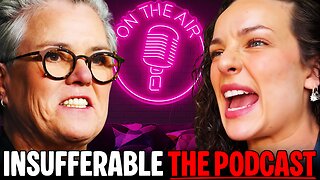 17:47
17:47
Bearing
10 hours agoThe Most ANNOYING Podcast EVER 💥 ROSIE O’DONNELL & ABBIE CHATFIELD Whinge About EVERYTHING 🤡
1.45K18 -
 LIVE
LIVE
Side Scrollers Podcast
3 days ago🔴FIRST EVER RUMBLE SUB-A-THON🔴DAY 3🔴100% REVENUE HELPS CHANGE CULTURE!
1,218 watching -
 1:52
1:52
NAG Daily
4 days agoTHE BIGGEST CREATOR COLLAB SHOW ON RUMBLE W/GreenMan Reports
2232 -
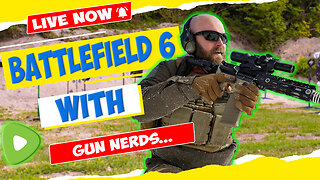 LIVE
LIVE
Tundra Tactical
1 hour agoProfessional Gun Nerd Plays Battlefield 6
219 watching -
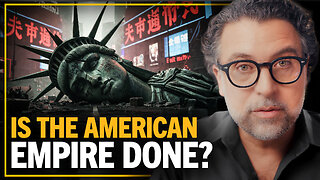 55:25
55:25
Dad Saves America
5 hours agoWill China Overtake America? Balaji Srinivasan VS Steve Bannon on the Trade War
3.27K3 -
 LIVE
LIVE
Red Pill News
2 hours ago100’s of Billions In Gov Fraud Exposed on Red Pill News Live
3,792 watching -
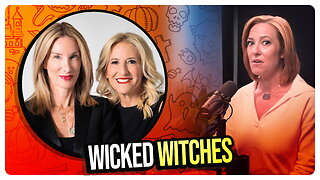 1:05:40
1:05:40
vivafrei
3 hours agoWicked Witches of the Psaki! The Party of Criminals and Liars! LIVE FROM SWITZERLAND!
88K40 -
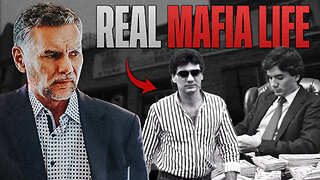 34:54
34:54
Michael Franzese
3 hours agoFormer Capo REVEALS: What My Life Was Really Like in the Mob
26.4K9 -
 LIVE
LIVE
LFA TV
19 hours agoLIVE & BREAKING NEWS! | WEDNESDAY 10/22/25
1,084 watching -
 LIVE
LIVE
freecastle
6 hours agoTAKE UP YOUR CROSS- Now may the Lord of peace himself give you peace AT ALL TIMES in every way!
193 watching